How Content Marketing Creates Differences in SEO?
Overview:
1. Introduction to Content Marketing
2. The Core Principles of Content Marketing
3. Different Types of Content Used in Content Marketing
4. The Content Marketing Funnel
5. Benefits of Content Marketing
6. Key Elements of a Successful Content Marketing Strategy
7. Common Challenges in Content Marketing and How to Overcome Them
8. Tools and Platforms for Content Marketing
9. Examples of Successful Content Marketing Campaigns
Introduction to Content Marketing
Imagine yourself in a crowded marketplace, where vendors are shouting for attention. Some aggressively wave flyers, pushing for a sale, while others engage you in friendly conversation, offering helpful advice before even mentioning a product. That second approach? That’s content marketing – the art of drawing you in, not with noise, but by being genuinely helpful and engaging.
Content marketing is like that friendly vendor who doesn’t rush to sell. Instead of throwing products at you, it serves up stories, advice, or tips that you genuinely find useful. It’s the blog post that answers a question you’ve been Googling, or the video tutorial that teaches you something new. It’s marketing, yes – but marketing with a heart.
Now, you might be wondering – How is This Different from Copywriting?
Well, think of copywriting as the sprinter in a race. It’s fast, sharp, and has one goal: to get you to take action immediately, whether it’s clicking that ‘Buy Now’ button or subscribing to a newsletter. Content marketing, on the other hand, is more like a marathon runner. It’s patient, pacing itself, and focused on building a relationship over time.
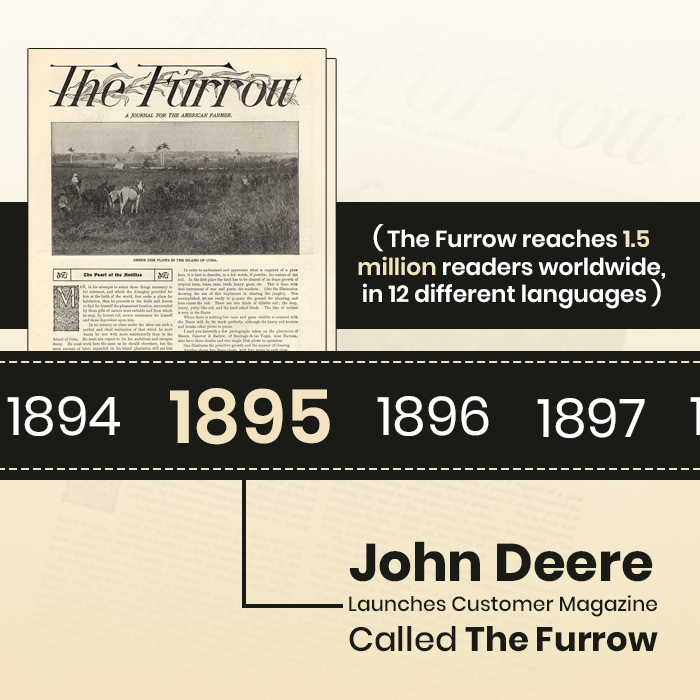
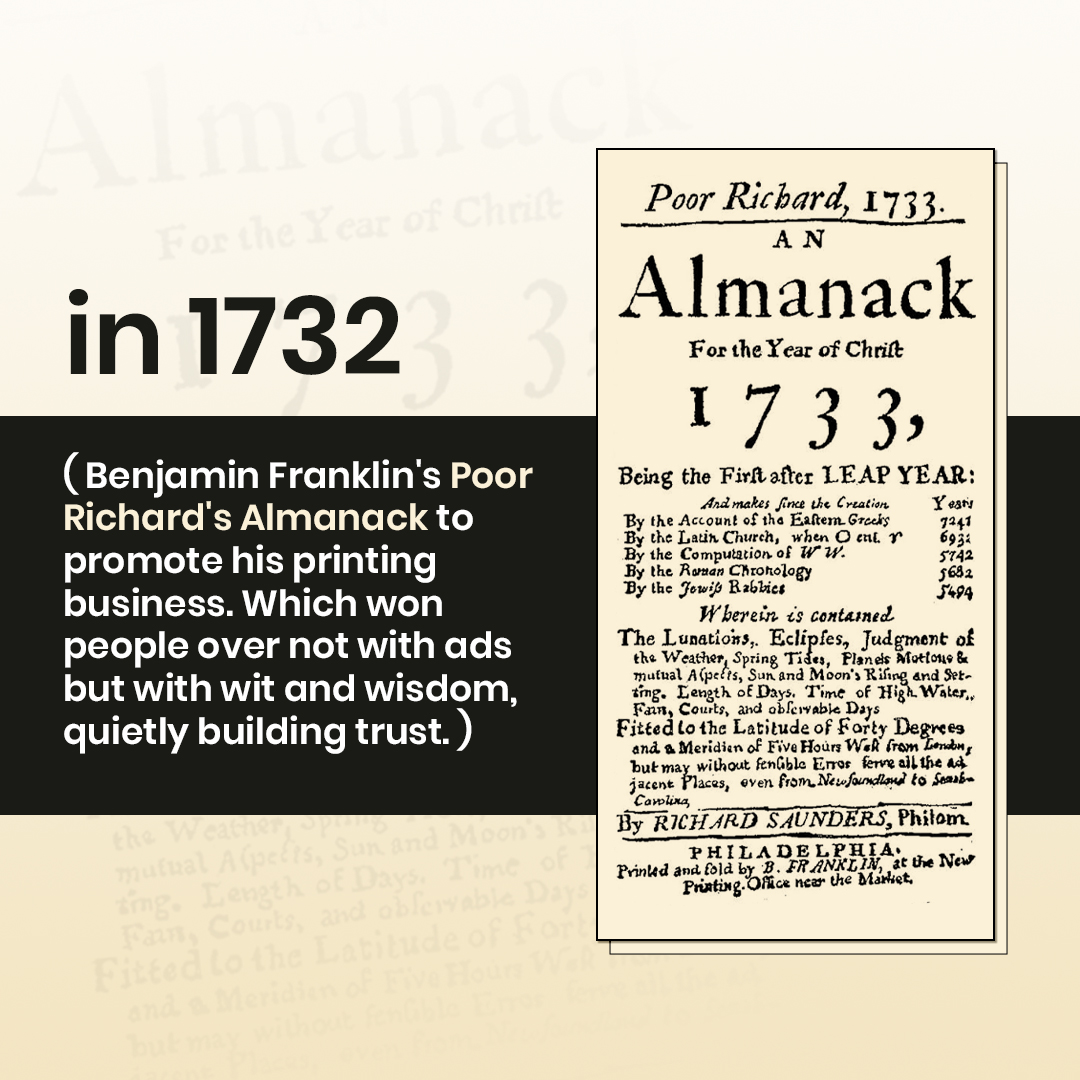
In today’s digital world, traditional ads aren’t cutting it. People skip commercials, block pop-ups, and scroll past ads without a second look. So how do businesses stand out? By focusing on digital marketing that offers what people actually want – content that’s useful, entertaining, or inspiring.
Content marketing is about more than grabbing attention; it’s about building trust. A solid content strategy – whether through blogs, podcasts, or Instagram reels – positions your brand as a reliable source. And when people trust your brand, they’re far more likely to become loyal customers. In a fast-moving digital landscape, content marketing is the key to making real connections and standing out from the crowd.
The Core Principles of Content Marketing
Content marketing is like storytelling with a purpose, designed to connect with an audience in meaningful ways. But for any story to work, it has to follow a few essential rules. Let’s dive into the core principles that make content marketing just effective.
Knowing Your Customers: Pinpointing Buyer Personas
Before you create anything, you need to know who you’re talking to – this is where identifying buyer personas comes in.
Buyer personas are detailed, fictional profiles of your ideal customers, it’s about understanding what motivates them, what problems they’re trying to solve, and how they like to engage with content.
Building Content with Purpose and Relevance
Now that you know who you’re talking to, the next step is to deliver content they actually care about. Valuable and relevant content is like offering your party guests their favorite snacks – they’ll stay longer and want more. In the world of content marketing, value means solving problems, answering questions, or providing something useful that your audience didn’t know they needed.
Consistency is Key for Content Delivery
It’s not enough to create a killer piece of content once; you need to keep delivering on a regular schedule. This builds trust and keeps your audience engaged over time. Whether it’s a weekly blog post, a monthly newsletter, or daily social media updates, showing up consistently ensures your brand stays top of mind.
Different Types of Content Used in Content Marketing
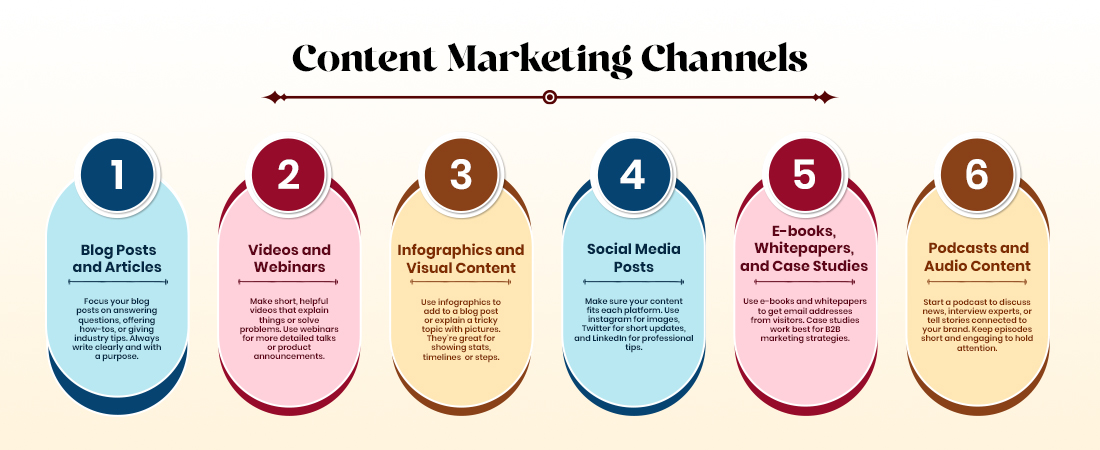
The Content Marketing Funnel: Strategies for Every Stage
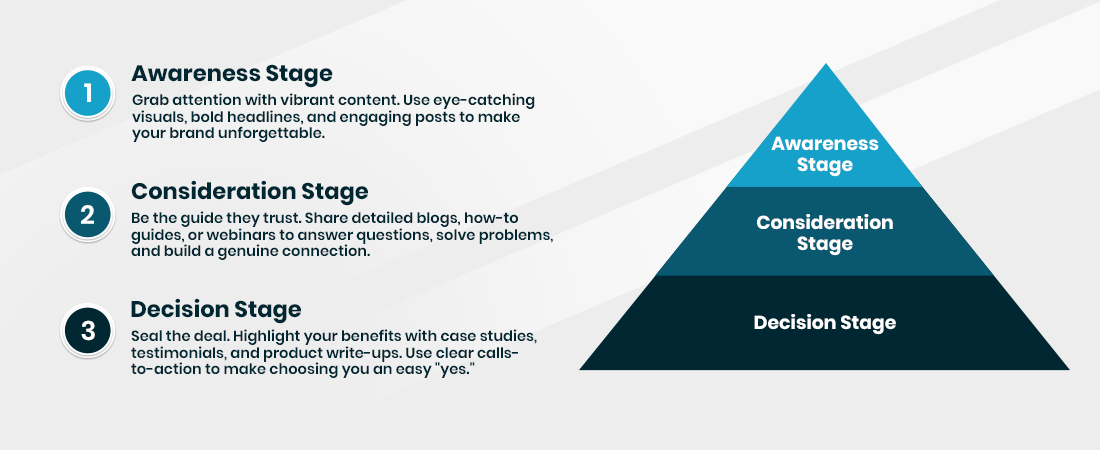
Imagine a winding path that starts in a bustling town square and leads to a charming little shop. Each stage of this journey is designed to engage and guide potential customers, ensuring they find exactly what they’re looking for. Let’s explore how to navigate this path with ease and creativity.
Awareness Stage – This is the stage where you introduce yourself and your brand to the world. Here, the goal is to grab the attention of passersby. Your content should sparkle like a colorful street performance or a dazzling display in a shop window.
You might create blog posts, social media updates, or eye-catching videos that capture the essence of what you offer. The key is to make sure your content stands out in the crowd. Use engaging headlines, captivating visuals, and intriguing insights that make people stop and take notice.
Consideration Stage – Your role here is to be the knowledgeable barista, offering them a warm cup of valuable insights. This is the Consideration Stage of the Content Marketing Funnel, where potential customers are exploring their options and seeking more detailed information.
Develop detailed blog posts, how-to guides, or engaging webinars that provide real value. Address their questions, offer solutions to their problems, and build a relationship based on trust. This is where audience engagement turns into a deeper connection, as you offer guidance and support.
Decision Stage – Your goal is to turn their curiosity and consideration into a concrete decision to choose your product or service. In this stage, your content creation should focus on highlighting the benefits and unique selling points of what you offer.
Create impactful case studies, testimonials, or detailed product write-ups that address final doubts and encourage potential customers to take the next step. Use clear calls-to-action and make it easy for them to say “yes” to your offer. This is your chance to make a lasting impression and close the sale, ensuring that your audience engagement reaches its peak.
Benefits of Content Marketing
Content marketing is a game-changer for businesses. It goes beyond promoting products and services – it’s about creating value and building relationships. Here’s why content marketing is crucial for your brand.
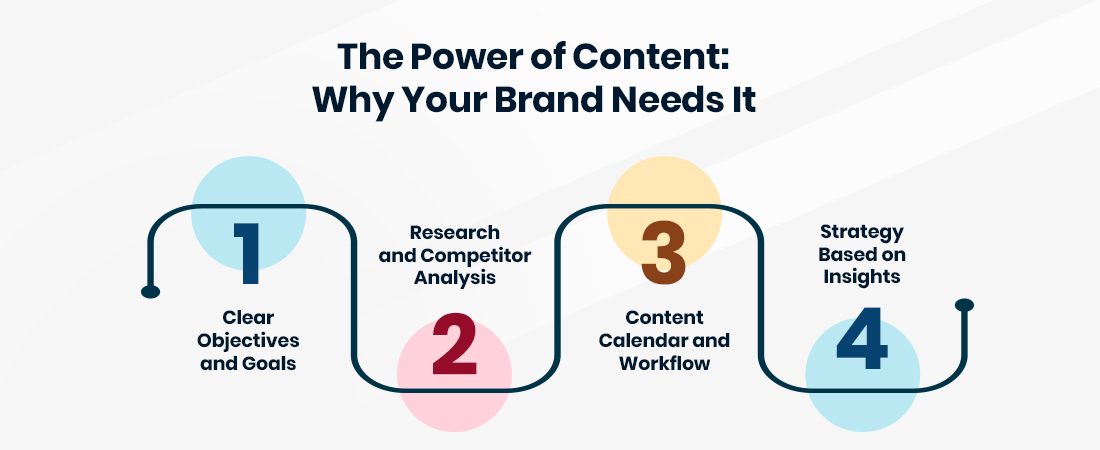
It’s a long-term strategy that benefits both your business and your audience. Whether you’re building awareness or nurturing loyalty, content is key to creating lasting success.
Key Elements of a Successful Content Marketing Strategy
A successful content marketing strategy involves a blend of strategic planning, audience understanding, and continuous refinement.
Setting Clear Objectives and Goals – Setting clear objectives and goals is like plotting your route – whether it’s increasing brand awareness, generating leads, or boosting sales. Define where you want to go and how you’ll get there.
Conducting Audience Research and Competitor Analysis – Understanding your audience’s preferences and analyzing your competitors helps you tailor your content to their tastes and stand out from the crowd.
Developing a Content Calendar and Workflow – Are you on track? Measuring performance and analyzing results help you understand if you’re reaching your destination or if you need to adjust your route. Metrics like engagement, traffic, and conversions are your indicators.
Iterating and Optimizing the Strategy Based on Insights – Iterating and optimizing is about being flexible and making adjustments based on what’s working and what isn’t. It’s like recalculating your route to avoid traffic and reach your goal more efficiently.
Common Challenges in Content Marketing and How to Overcome Them
Creating High-Quality Content Consistently
If you’re running out of ideas or feeling burnt out, consider setting up a schedule. Create a content calendar and plan your topics in advance. Batch-producing content when you’re feeling inspired can help maintain quality and consistency.
Engaging the Target Audience Effectively
Research your audience to understand their preferences and interests. Craft content that resonates with them, using relatable stories or interactive elements like polls or quizzes. The more you cater to their interests, the more they’ll stay engaged and keep coming back for more.
Measuring the ROI of Content Marketing Efforts
Use analytics tools to track metrics like engagement, shares, and conversions. These indicators will show you whether your content is making an impact and help you adjust your strategy if needed, just like recalculating your route for a smoother journey.
Staying Up-to-Date with Changing Trends and Algorithms
Digital trends and algorithms evolve frequently. Subscribe to industry newsletters, follow relevant blogs, and participate in webinars. This will help you stay ahead of the curve and adapt your content strategies, ensuring you’re always dressed in the latest trends.
Tools and Platforms for Content Marketing
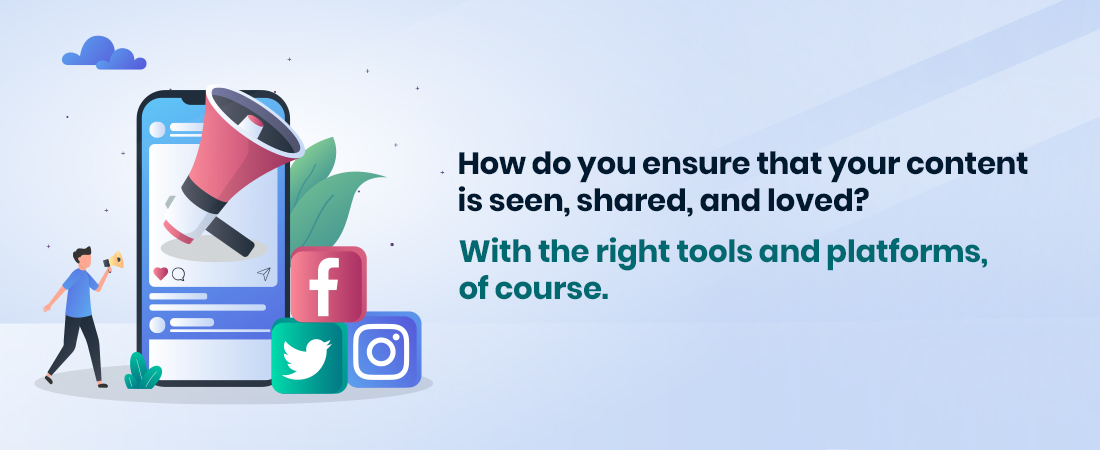
Content Management Systems (CMS) – A CMS is like the home base for all your content. Whether it’s blogs, product descriptions, or landing pages, platforms like WordPress or Squarespace help you manage, publish, and organize everything in one place. Think of it as your content’s command center – keeping your ideas streamlined and ready for the world.
Analytics and SEO Tools – Creating great content is only half the battle; the real magic happens when you optimize it for search engines. Tools like Google Analytics and Ahrefs provide insights into what’s working (and what’s not) when it comes to SEO and content. These tools are like the GPS for your marketing strategy—guiding you on the best route to get your content in front of more eyeballs.
Social Media Management Platforms – In today’s world, brand awareness largely lives on social media. Platforms like Hootsuite and Buffer allow you to schedule posts, track engagement, and manage multiple accounts from one dashboard. Imagine trying to juggle a dozen tennis balls at once; these tools make sure nothing slips through the cracks, ensuring your brand stays active across social channels.
Content Creation Tools – Design, video, and writing tools are the creative toolbox for your content marketing strategy. Canva for design, Grammarly for writing, or Adobe Premiere for video are just a few of the platforms that help transform your ideas into eye-catching and engaging content.
Content Distribution Networks (CDN) – Content distribution is the behind-the-scenes hero of content marketing. Using a CDN, like Cloudflare or Amazon CloudFront, ensures your content loads quickly, no matter where your audience is located. It’s like delivering your message at lightning speed, keeping your readers engaged and happy.
With the right content marketing tools in hand, boosting brand awareness and improving SEO becomes more strategic and less overwhelming. So, pick the right tools, and let your content do the talking.
Examples of Successful Content Marketing Campaigns
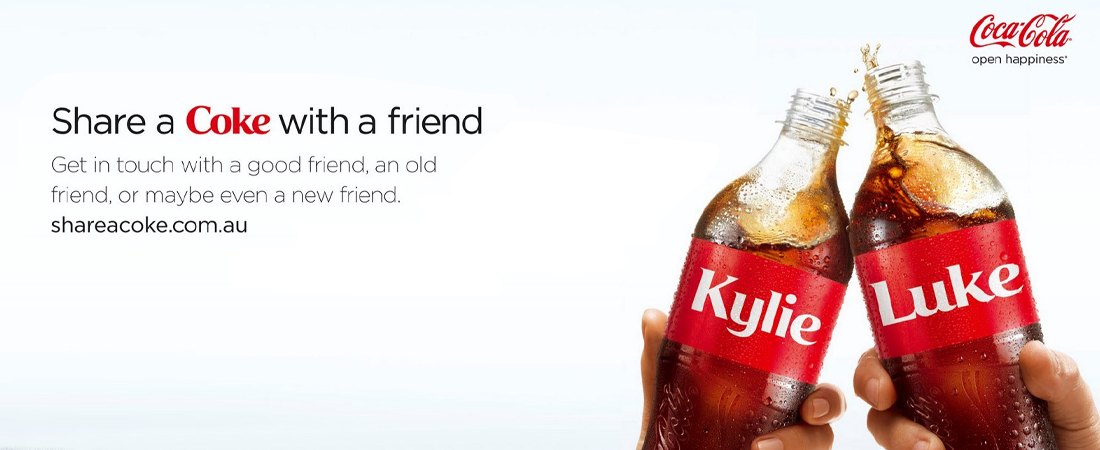
Coca-Cola swapped out its iconic logo for common first names on its bottles, inviting customers to “Share a Coke” with someone special. This personalized touch created buzz, encouraging people to post their Coke bottles on social media, driving engagement.
Note – When you make your audience part of the story, the campaign sells itself.
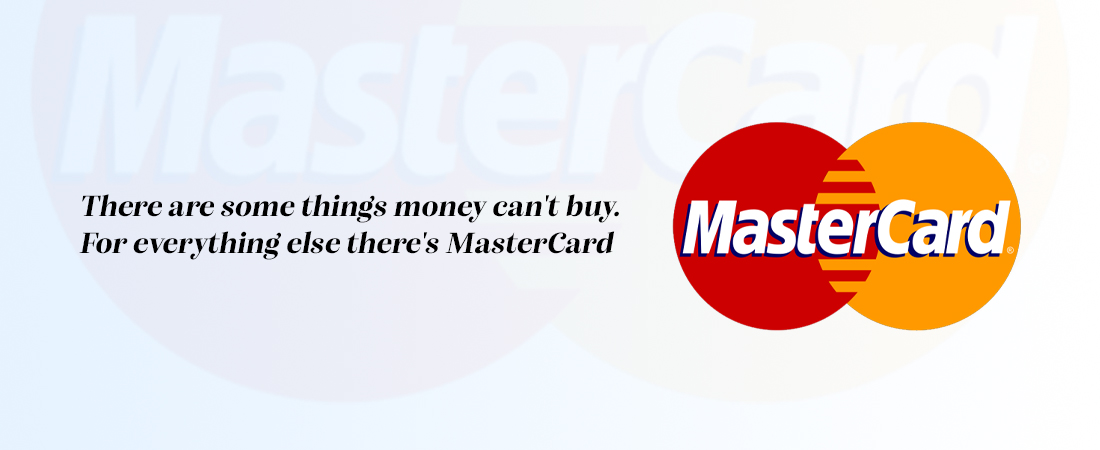
MasterCard’s iconic campaign focused on emotional storytelling rather than simply selling a credit card. With ads showcasing priceless moments like spending time with family or taking a dream vacation, MasterCard highlights life’s meaningful experiences.
Note – Emotional appeal is powerful. By associating your brand with moments that matter, like MasterCard did, you connect with your audience on a deeper level.
Important Highlights
– Align your content with your brand’s identity. Create content that reflects your brand’s core values and excites your audience.
– Show, don’t tell. If your product makes life better, let your customers’ experiences do the talking. Use visuals that leave your audience in awe and inspire them to take action.
The goal isn’t just to sell—it’s to connect. The more relatable, exciting, and authentic your content is, the more likely it will resonate with your audience.
Future Trends in Content Marketing

The Growing Role of AI in Making Content
Imagine having a robot that not only writes articles but also understands your audience’s needs. That’s the magic of AI and automation in content marketing. Tools like GPT-4 can churn out blog posts, social media updates, and even customer support responses with speed and precision.
The rising influence of Video and Interactive Content
Think of video and interactive content as the rockstars of the marketing world. They grab attention, engage viewers, and keep them coming back for more. Videos can be like a backstage pass to your brand, giving an inside look, while interactive content, like quizzes and polls, lets your audience be a part of the show.
The shift to personalized service and better customer care
Personalization is like tailoring a suit – it fits perfectly because it’s made just for you. In marketing, this means creating content that speaks directly to the needs and interests of your audience. That’s the kind of personalized customer experience that builds loyalty and trust.
The influence of Augmented Reality (AR) and Virtual Reality (VR) in content marketing is increasing.
AR and VR are like stepping into a whole new world. With AR, you might try on virtual clothes or see how a piece of furniture fits in your living room before buying. VR takes it a step further, immersing you in a brand’s universe – whether it’s exploring a new product or diving into an interactive story. It’s a game-changer that turns traditional content into an adventure.
Conclusion
Content marketing stands as a cornerstone for building a loyal audience. It helps businesses not only stand out but also create lasting relationships with their customers. By sharing stories, knowledge, and insights, brands can establish themselves as trustworthy and credible sources, leading to stronger customer loyalty and long-term success.
The time to act is now. If you haven’t started your content marketing journey yet, it’s never too late to begin. Take the first step by creating content that reflects your brand’s message and resonates with your audience. Start small, learn as you go, and watch your brand grow as you engage with your community through authentic, valuable content.



